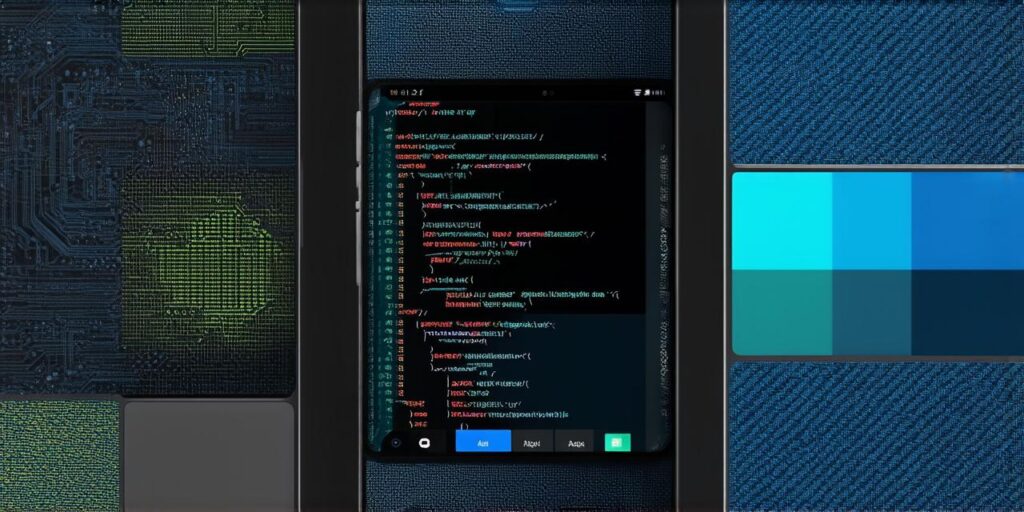1. Integrated Development Environments (IDEs)
An IDE is a software application that provides a comprehensive environment for writing, editing, testing, and debugging code. There are several IDEs available for mobile app development, including Android Studio, Xcode, and Visual Studio. These tools provide developers with an intuitive user interface, a range of features, and support for multiple programming languages.

1. Mobile Frameworks
Mobile frameworks are pre-built software components that provide developers with a structure to build their mobile applications. Some of the popular mobile frameworks include React Native, Flutter, and Xamarin. These frameworks simplify the development process by providing ready-made code for common features such as user interfaces, data storage, and network communication.
1. Cross-Platform Development Tools
Cross-platform development tools allow developers to build mobile applications for multiple platforms using a single codebase. Some of the popular cross-platform development tools include PhoneGap, Sencha Touch, and Kony. These tools use web technologies such as HTML, CSS, and JavaScript to develop mobile applications that run on both iOS and Android devices.
1. Debugging and Testing Tools
Debugging and testing tools are essential for ensuring that the mobile application is functioning correctly and meeting the user’s requirements. Some of the popular debugging and testing tools include Appium, Firebase Test Lab, and Robotium. These tools allow developers to test their applications on real devices and simulators, identify and fix bugs, and improve performance.
1. Version Control Tools
Version control tools are used by developers to manage changes to the codebase and collaborate with other team members. Some of the popular version control tools include Git and SVN. These tools allow developers to track changes made to the code, create new branches for development, and merge changes from different branches.
1. Cloud Services
Cloud services are used by mobile app developers to store data, manage user authentication, and provide other backend functionality. Some of the popular cloud services include Firebase, AWS Amplify, and Azure Mobile App Service. These services provide a range of APIs that developers can use to integrate cloud functionality into their applications.
Conclusion
In conclusion, there are several tools available for developing mobile apps. The choice of tool depends on the platform, programming language, and development methodology being used. Developers should carefully evaluate their requirements and choose the appropriate tools to ensure a successful app development project.



